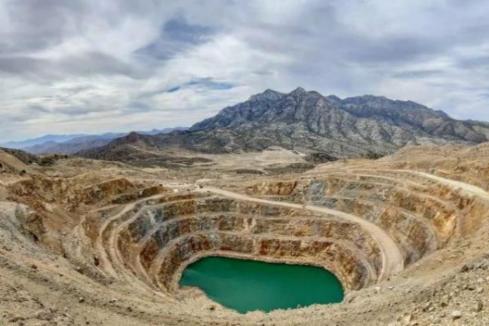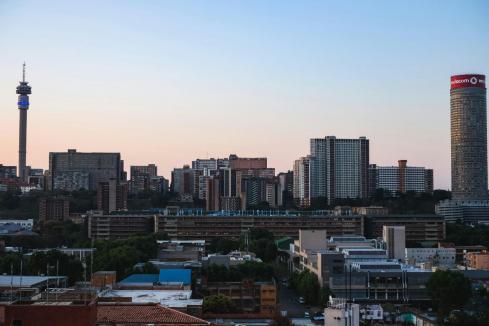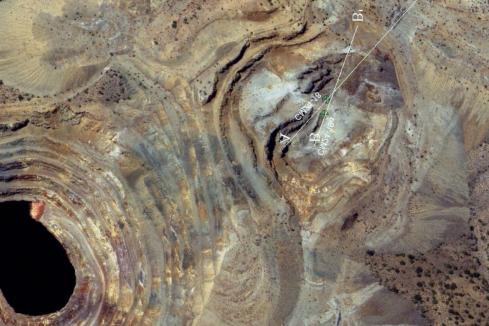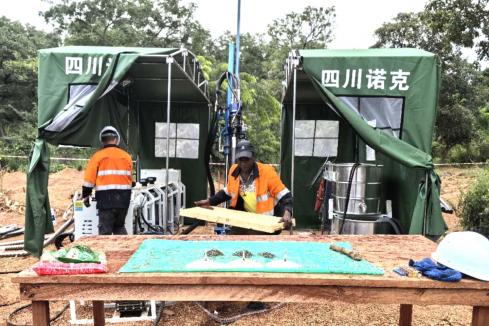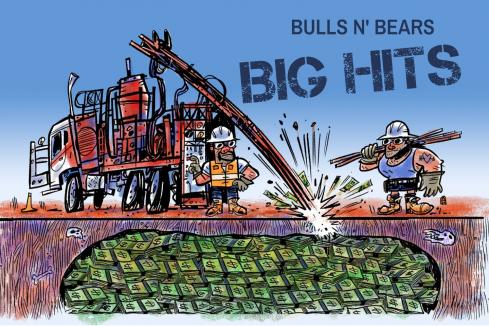A Chinese company’s bid to buy a stake in the Kalgoorlie Super Pit would make it the latest international player to control WA’s most famous gold mine.

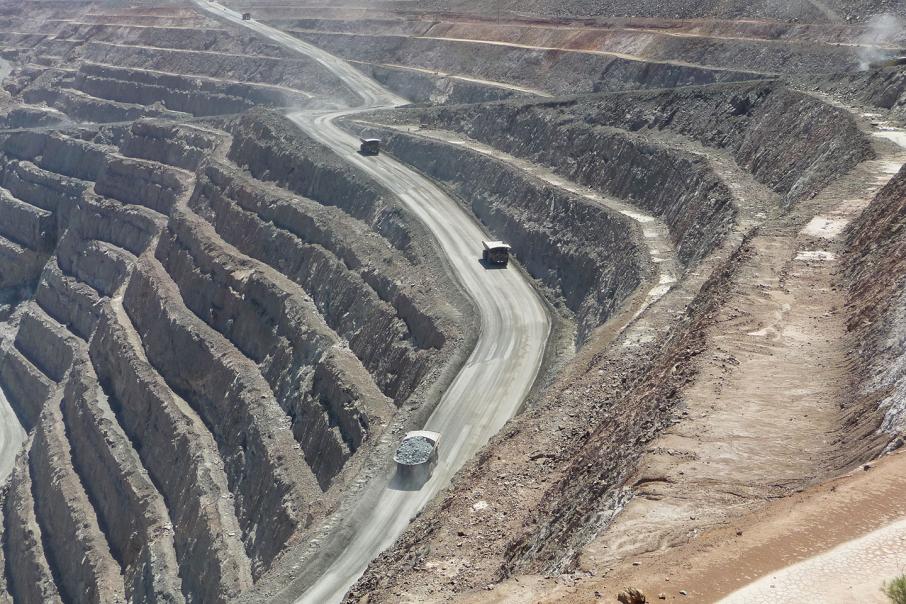
A Chinese company’s bid to buy a stake in the Kalgoorlie Super Pit would make it the latest international player to control WA’s most famous gold mine.
A move by Chinese-backed Minjar Gold to buy out Canada-based Barrick Gold’s 50 per cent share of the Kalgoorlie Super Pit would add a new chapter in the mine’s rich ownership history.
Minjar, a subsidiary of Shanghai-listed property developer Shandong Tyan Home, was seeking to outmuscle a wide field that reportedly included the owner of the other 50 per cent share of the pit – US-based Newmont Mining.
Other names touted as potential buyers included Newcrest Mining, Kinross Gold and Zijin Mining Group.
It isn’t the first time the pit has been in the middle of a bidding war.
Fifteen years ago Normandy Australia, which had owned a 50 per cent stake in Super Pit operator Kalgoorlie Consolidated Gold Mines, had attracted interest from South Africa-based Anglogold and Newmont.
That bidding battle started in September 2001, with AngloGold making an offer valuing Normandy at $1.42 per share, followed by a $1.70 bid from Newmont.
Two more rounds followed, according to a note produced by Macquarie Bank, with a final offer of $2.04 from Newmont the winning bid.
That was the last time the mine was under Australian ownership.
Normandy, chaired by Robert Champion de Crespigny, who also served as chancellor of the University of Adelaide, had held a share in the venture since a consolidation of the many leases on the site, a process originally led by Alan Bond, had been completed in 1989.
The Newmont win had come just months after Barrick had undertaken a $US2.3 billion scrip deal with previous Super Pit co-owner Homestake Gold, at a time when an ounce of gold cost about $US275.
Nine lives
As it stands, the pit produces around 700,000 ounces of gold per year, with reserves of 7 million ounces.
The company’s current life-of-mine plan has operations pencilled in to 2030, as it continues to process ore.
Underground mining at Mt Charlotte would finish in 2019, according to the company, while the large Fimiston open pit mine would continue until 2021.
At that time, the pit would be 700 metres deep.
Extensions are possible, however, if a new investor is able to stump up the capital.
One variable that will affect the profitability of the deal will be the gold price, which has moderated from Australian dollar highs of $1,826 per ounce at the time of Brexit to be below $1,600/oz at the time of writing.
Another will be the oil price, which has received a boost as global oil producing cartel the Organization of the Petroleum Exporting Countries has moved to cut production marginally.
A potentially higher oil price would push up diesel transport costs at the Super Pit, with a round trip carrying 240 tonnes of ore taking up to 40 minutes for a haul truck to complete.
But the Super Pit seems to have nine lives.
In 2005, when the pit was producing 850,000oz per annum, an end date for mining was flagged to be 2017.
That was when the gold price was $US420/oz, just more than a third of today’s level.
Four years later, in 2009, the end of mine life was flagged to be 2021.
Then, in 2014, the pit’s operators announced a plan to process low-grade stockpiles for a further eight years, extending the end date to 2029.
When the mine does eventually end operation, the owners will be expected to foot the rehabilitation bill.
Minjar Gold is taking up options beyond WA, however, having bought the Pajingo mine in Queensland from Evolution Mining earlier this year for an upfront payment of $41.9 million and a 1 per cent smelter royalty.
The company was also involved in the rescue of graphite hopeful Triton Minerals in July, joining with corporate finance play Somers & Partners.
Two Minjar directors were added to the board of Triton following a $6.3 million injection from the Chinese company, with Xingmin Ji becoming chair and Guanghui Ji a director.
Minjar bought the Minjar gold mine in 2009 and the Kirkalocka gold project near Mount Magnet in 2015.





